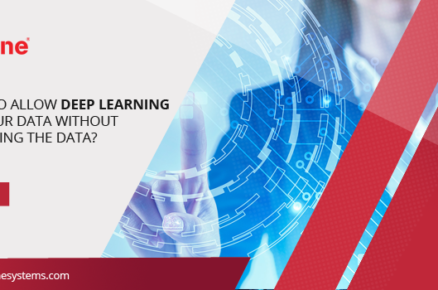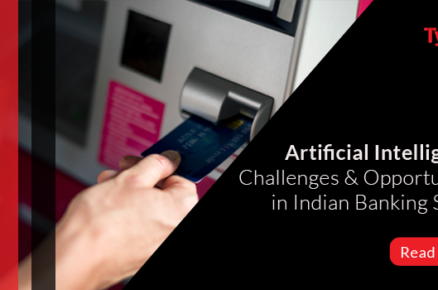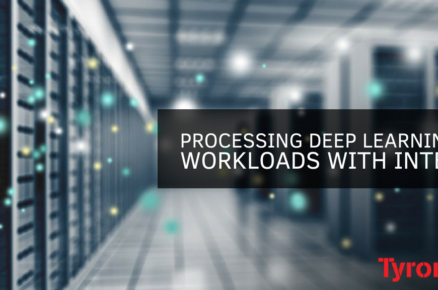The data center industry experienced a spectacular decade between 2011 and 2020, with data centers evolving from ICT equipment rooms to cloud data centers. The rapid development of new tech like artificial intelligence, cloud computing, big data, and 5G will create a new golden era of data-driven productivity. And market demand for data centers will increase dramatically.
At the same time, the data center world isn’t without challenges: it’s difficult to get construction resources, they take a long time to build, and they use a ton of energy. On top of that, architecture flexibility and O&M are key issues that need heavy consideration.
In light of the last decade’s development trajectory, here are 5 trends that we predict will define data center facilities for 2025.
Trend 1: High Density
CPU and server capacity keeps increasing alongside gains in IT computing capacity. As demand for AI applications increases, the importance of AI computing power also increases. To balance efficiency and costs, data centers will become high density. Currently, the average power capacity in a data center is 6 to 8 kW/rack. It’s anticipated that a power density of 15 to 20 kW/rack will dominate data centers by 2025.
Trend 2: Scalable Architecture
Generally, the lifecycle of IT devices is 3 to 5 years, and the power density doubles every 5 years. However, the lifecycle of data center infrastructure is 10 to 15 years. The data center facility will support IT device evolution for 2 to 3 generations. It demands scalable expansion and phased investment for optimal CAPEX in the data center lifecycle. In addition, data centers must support the hybrid deployment of IT devices with different power densities because of the diverse range of IT services running there.
Trend 3: Green
Currently, the power consumption of data centers accounts for 3% of the world’s total power consumption. It’s estimated that the total power consumption of the data center will reach more than 1,000 TW by 2025 – the equivalent of 1 trillion tons of coal. Saving energy, cutting emissions, and lowering OPEX are big challenges that involve lowering the figure for power usage effectiveness (PUE) and building green data centers. We can expect to see clean energy, waste heat recovery, and reused resources such as energy, land, water, and materials. It is estimated that the average PUE of new data center in China will drop to 1.1 in the next five years, down from 1.67 in 2019.
Trend 4: Quick Deployment
Data centers must be rolled out quickly, as Internet services usually create increases in data and traffic, which ramps up requirements on the service side sharply. Moreover, data centers have changed from a support system to a production system. The faster rollout means faster benefits. The typical TTM of a data center is 9 to 12 months, which is expected to drop to less than 6 months by 2025.
Trend 5: Full Digitalization & AI-enablement
Data center facilities will become digital and intelligent. With continual improvements to IoT and AI technologies, data centers will gradually evolve from single-domain digitalization in terms of O&M, energy-saving, and operations to full-lifecycle digitalization and autonomous in terms of planning, construction, O&M, and optimization. AI will be widely applied.












